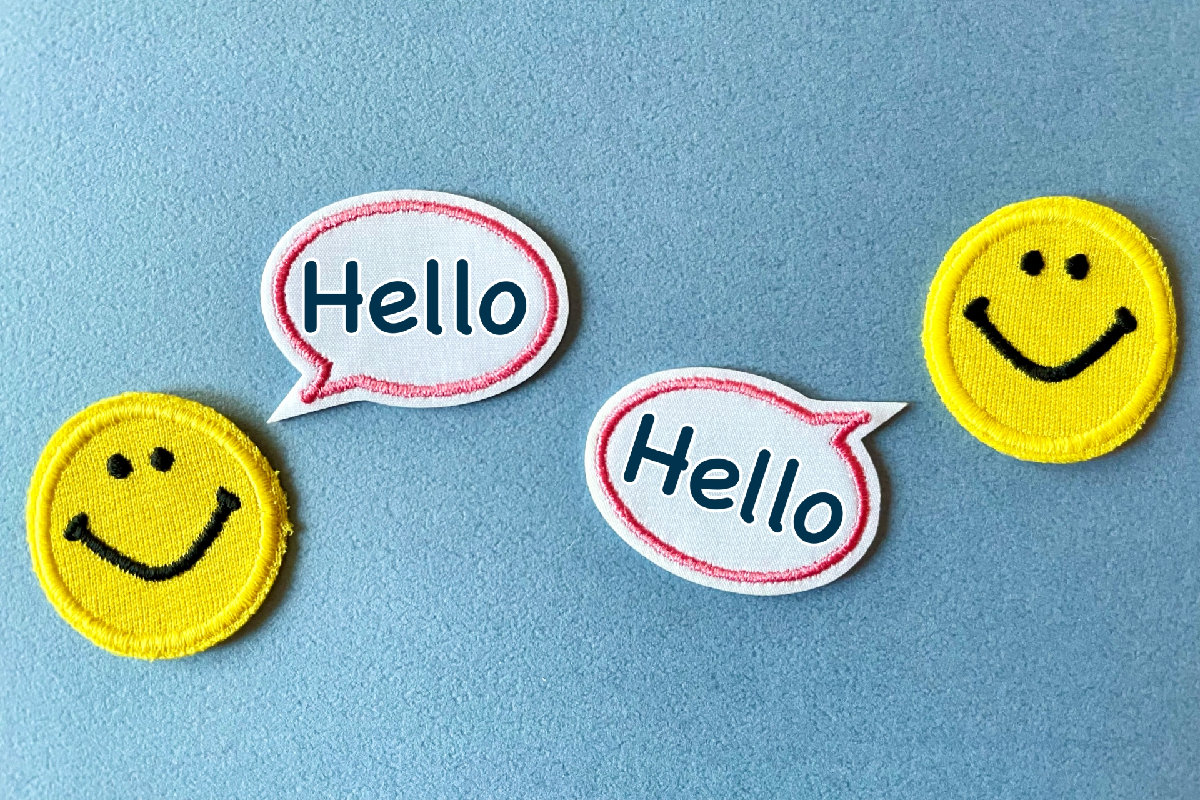Introduction: The Conclusion Upfront—Yes, You Can Travel with Just English!
Hello! I’m Ken, the editor-in-chief of Tokyo Insider Guide.
“I want to travel to Japan, but I can’t speak any Japanese. Will I be okay with just English?”
This is one of the most common questions I get from my friends overseas.
Let me give you the conclusion first. Yes, you can absolutely enjoy your trip to Japan with only English! Especially in big cities like Tokyo and Kyoto, English is understood in many situations. However, it’s also true that knowing a few “tricks” can dramatically improve your comfort level.
This article is my ultimate guide to eliminating your language-related anxiety and helping you experience Japan on a deeper level.
The Real Story Behind Japanese People’s English Ability
The Premise: Most Japanese People Know Junior High-Level English
The first thing to know is that most Japanese people have studied English in junior high and high school, so they understand basic vocabulary and grammar. Their knowledge is by no means zero.

So Why Can’t They Speak It? The “Shyness” and “Perfectionism” Barrier
The biggest reasons Japanese people hesitate to speak English are a “shy personality” and the “pressure to speak perfect English.” If they seem unfriendly, it’s not because they are ignoring you; it’s because they are flustered while frantically trying to construct a correct sentence in their head.
The Strategy: Speak “Slowly, Simply, and Clearly”
Many Japanese people are used to the quiet listening materials from their school textbooks, but they are not accustomed to the natural speed and pronunciation of native speakers. For this reason, if you speak too quickly or use complex words, they may not be able to catch even the words they are supposed to know.
Additionally, it’s wise to avoid slang and country- or culture-specific idioms. We learn standard “textbook English” in school, so an expression like “It’s raining cats and dogs” will not be understood.
The best tricks are to ① Speak slowly, ② Choose simple words, and ③ Use short sentences. Just being conscious of this will dramatically increase your communication success rate.
【By Situation】A Map of English Proficiency Levels
I’ll explain the level of English you can expect in various situations you’re likely to encounter as a traveler.
Level 🟢 (Green Zone: Safe Zone): Airports, Major Stations, Hotels, Tourist Information Centers
In these places, staff have almost always received special training to handle English-speaking visitors. You can consider these places where communication in English will not be a problem. If you’re in trouble, head to one of these spots first.
Level 🟡 (Yellow Zone: Challenge Zone): Most Restaurants, Department Stores, Taxis
Here, it depends on the person and the situation. Younger staff are more likely to be able to handle simple English conversation. Pointing at menus or showing photos on your phone is effective. For taxis, the most reliable method is to have your destination address written down in Japanese or ready on Google Maps.
Level 🔴 (Red Zone: Be Prepared Zone): Independent Shops, Small Eateries, The Countryside
The further you get from the city centers, the higher the chance that English will not be understood. However, there’s no need to fear this. This is the essence of adventure. You’ll often find that unexpected heart-to-heart connections can be made with gestures and a smile.
The Smart Traveler’s “Language Survival Toolkit”
Here is a summary of concrete tools to eliminate your anxiety.
Tool #1: Translation Apps
This is now an essential item. By using the camera function on Google Translate, you can instantly translate Japanese menus and signs. The voice conversation function has also become highly accurate and will help you in many situations.
Your Strongest Ally: Pocket Wi-Fi / eSIM
To use the translation apps mentioned above anytime, anywhere, it is absolutely essential to have a constant internet connection. I strongly recommend renting a pocket Wi-Fi at the airport upon arrival or purchasing an eSIM in advance.
3 Magic Japanese Phrases
Just remembering these will make your communication surprisingly smooth.
- Sumimasen (すみません): A versatile word that means both “Excuse me” and “Sorry.” You can use it anytime—when calling for attention, expressing thanks, or apologizing.
- Arigato (ありがとう): The word for “Thank you.” If you say it with heart, the feeling will always get across.
- Kore kudasai (これください): Just by saying this while pointing at a menu item or a product, you can order or make a purchase.
The Ultimate Communication Skill: A Smile and a Nod
Even if you don’t share a language, a smile and a light bow (eshaku) are the most powerful forms of body language to convey your respect and gratitude.

Ken’s Final Advice: The Language Barrier Can Become Your Best Memory
I’ve shared a lot of strategies, but now I’ll tell you the most important thing. The experience of not being understood is not a problem; it’s “part of the adventure.”
The experience of laughing with a local through broken Japanese, English, and gestures is a special memory you could never get on a package tour. Don’t be afraid; enjoy the communication. Japan will always give you a warm welcome.




Comments